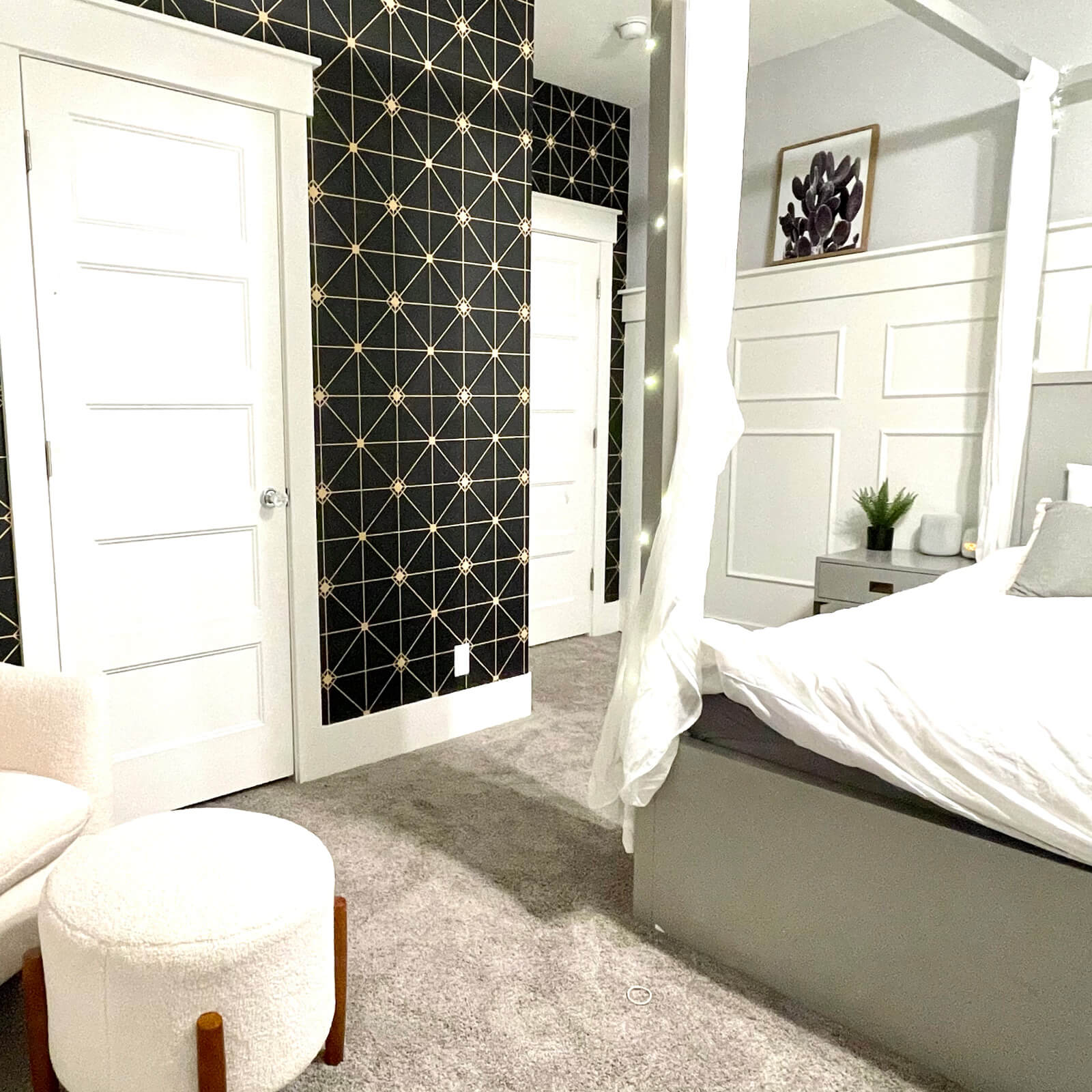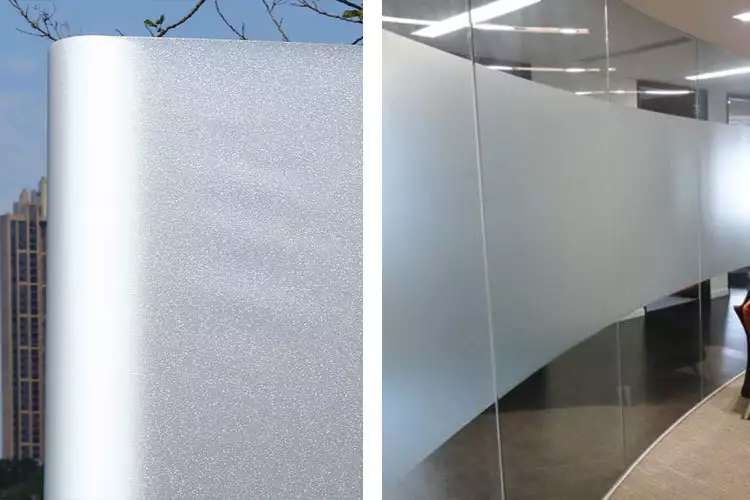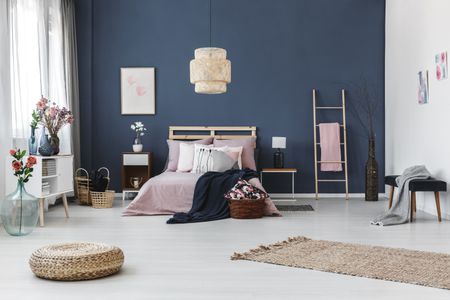Any DIYer, regardless of ability or experience, may find tile installation scary. To acquire the perfect backsplash, floor, or bathroom wall tile, you’ll need time, money, equipment, and patience. If you’re afraid to go with traditional tiling, you might want to consider peel and stick mosaic tiles. Here’s all you need to understand about peel-and-stick tile so you can determine if it’s perfect for you.

Peel-and-Stick Tile Comes in a Variety of Materials and Prices
Peel-and-stick tile is available in vinyl, metal, gel, glass, and stone, believe it or not! And, as you might expect, costs range widely. Many individuals are attracted to peel-and-stick because of the inexpensive cost, however, this is largely true of vinyl and gel choices. When you start looking at glass, metal, or stone, you may find that the price is 3 to 5 times higher than the budget choices. You’ll be amazed if you search Amazon.com for “peel-and-stick tiling.” Are you still undecided about whether or not you want to tile in the first place? Check out these backsplash tile alternatives.
Faster, Easier, and Less Expensive
If you’ve ever applied tile glue to your walls, cut tiles with such a wet saw, or grouted new tile, you know how long and expensive it can be. (If you don’t know how to do it, here’s a tutorial.) Peel-and-stick tile can be installed quickly, affordably, and with minimal mess. You’ll only need a utility knife, a ruler, and a level as far as tools go. You’ll need at least a few hours, but no more than a day in terms of time.
First-time DIYers, you’ve found your match
Traditional tiling is completely doable, although newcomers may find it frightening. Peel-and-stick tiling is ideal for first-time DIYers because it requires few materials and ability. It’s mostly covered by measuring and cutting! However, you’ll still receive the satisfaction of finishing a job on your own and having a new kitchen backsplash and bathroom.
You Only Get One Shot
Self-adhering tiles just have one duty to accomplish: stick to themselves, and they do it brilliantly. Sometimes it’s a little too well! If you place a tile slightly off-kilter and wish to relocate it, it won’t be simple, and you can end up damaging the surface you’re tiling over. While some peel-and-stick tile is designed to be detachable (such as some wallpaper), the majority is designed to stay there. If you have a steady hand, a level eye, and patience, this isn’t a huge deal. For some, however, this may be the very reason to avoid using the self-adhesive tile. This also makes it more difficult to remove tiles afterward. Try this tried-and-true approach to get rid of your child’s stickers off the kitchen table.
It’s a Quick Fix
If you can save time and money, peel-and-stick is the way to go. But the truth is that nothing compares to the beauty of the genuine tile. If your landlord approves, peel-and-stick tile might be ideal for rental homes or if you want to update your kitchen but can’t afford a full redesign. If you’re trying to sell your house soon, you might want to hold off on the stick-and-peel since most Realtors & home buyers are adept at spotting cost-effective remedies that fall short. Check out these 18 low-cost ways to make your house appear more elegant.

Shery Walls is a dedicated home blogger who has been blogging for over six years. She covers everything home related. Shery also loves writing posts about her travels to Europe with her husband and two children.












